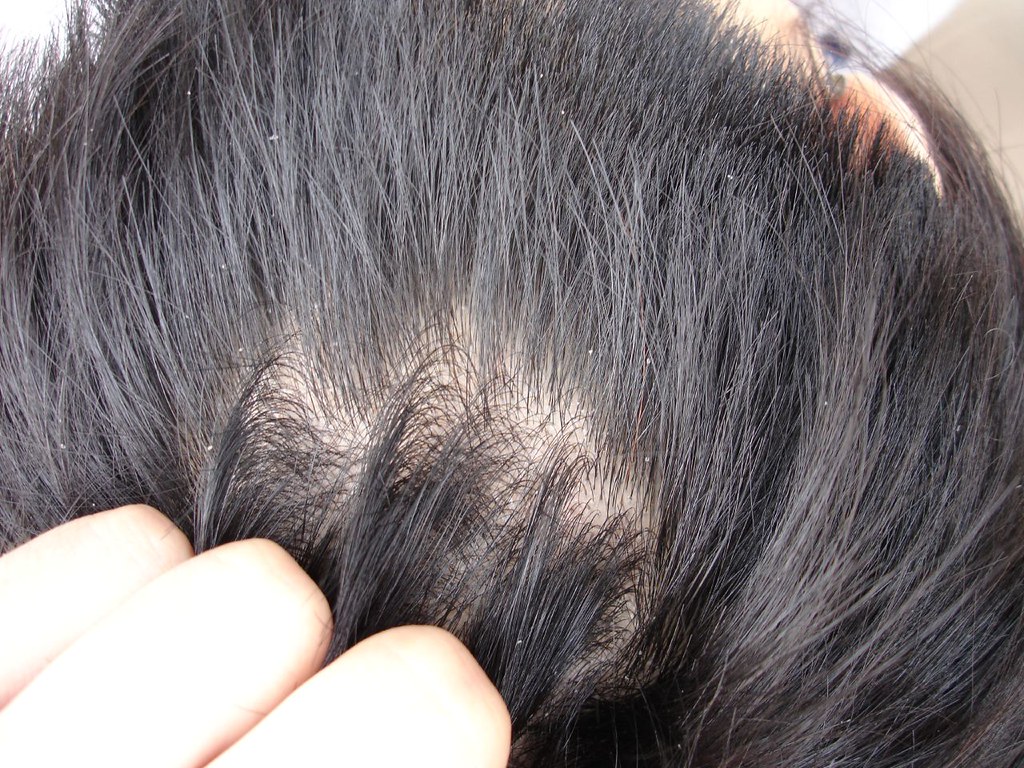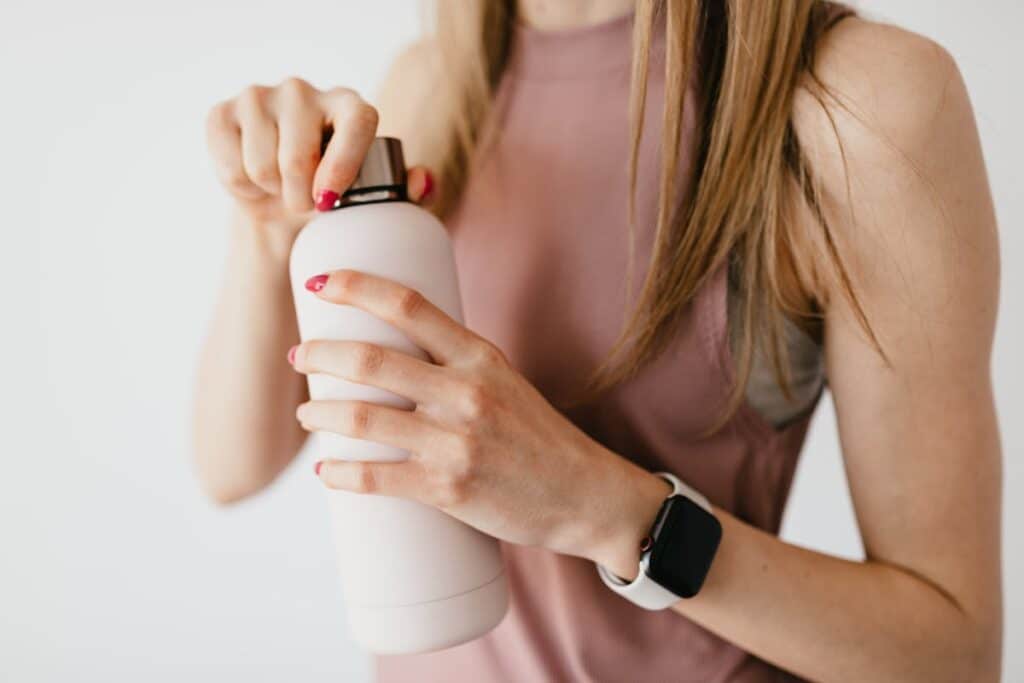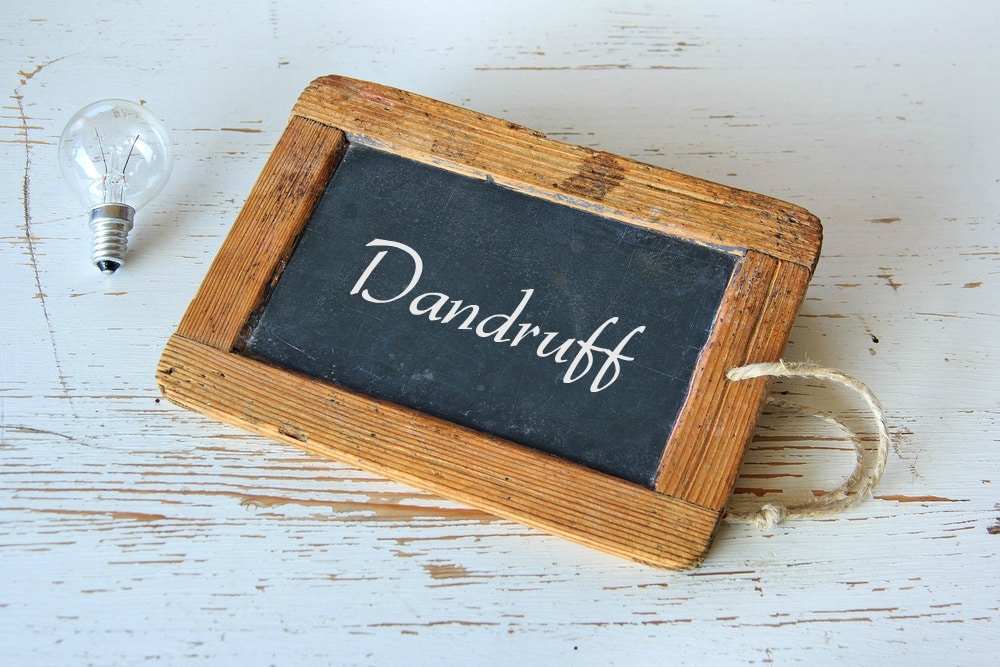Dandruff, the pesky flakes that seem to appear out of nowhere, can be a real confidence killer. Whether it’s ruining your favorite black shirt or making you feel self-conscious, dealing with dandruff is no one’s idea of fun. But here’s the good news—getting rid of dandruff doesn’t have to involve expensive treatments or harsh chemicals. You can tackle this issue head-on with natural remedies and simple at-home strategies that not only save you money but also protect your scalp’s health. Let’s dive into the ultimate guide on how to get rid of dandruff at home, and start your journey to a flake-free life today.
Understanding Dandruff: What Is It?
Dandruff is a common scalp condition that causes the skin on your scalp to flake off. These flakes are often visible on the hair and clothing, and can sometimes be accompanied by itching. While dandruff itself is usually not harmful, it can be embarrassing and uncomfortable.
Causes of Dandruff
- Dry Skin: One of the most common causes of dandruff is dry skin. When your scalp becomes dry, the skin can begin to flake off.
- Oily Skin (Seborrheic Dermatitis): Surprisingly, oily skin can also lead to dandruff. This condition, known as seborrheic dermatitis, is characterized by red, greasy skin covered with flaky white or yellow scales. It often affects the scalp but can also occur on other areas of the body.
- Malassezia Fungus: Malassezia is a yeast-like fungus that naturally lives on the scalp of most adults. In some cases, it can grow out of control and cause irritation, leading to an increase in skin cell turnover, resulting in dandruff.
- Sensitivity to Hair Products: Some people may develop contact dermatitis due to sensitivity to certain ingredients in hair care products, leading to a flaky, irritated scalp.
- Lack of Shampooing: Not washing your hair often enough can cause oil and skin cells to build up on the scalp, leading to dandruff.
- Diet and Lifestyle: Poor diet, stress, and certain illnesses can contribute to the development of dandruff.
Symptoms of Dandruff
- White or Yellowish Flakes: The most recognizable symptom is the appearance of white or yellowish flakes on the scalp, hair, or clothing.
- Itching: An itchy scalp often accompanies dandruff.
- Scaly, Crusty Scalp: In more severe cases, the scalp can become scaly and crusty.
Types of Dandruff
- Dry Skin-Related Dandruff: This is caused by dry scalp and results in small, white flakes that are not oily.
- Oily Skin-Related Dandruff: Linked to seborrheic dermatitis, this type produces larger, greasy flakes that may be yellowish in color.
Understanding the root cause of your dandruff is crucial for choosing the right treatment. Whether it’s due to dry skin, excess oil, or a reaction to hair products, there are various ways to address dandruff effectively, many of which can be done right at home.

Top Home Remedies to Get Rid of Dandruff
1. Tea Tree Oil
Why It Works: Tea tree oil has powerful antifungal and anti-inflammatory properties that help combat the yeast responsible for dandruff.
How to Use: Mix a few drops of tea tree oil with a carrier oil (like coconut or olive oil) and massage it into your scalp. Leave it on for at least 30 minutes before washing it off with a mild shampoo.
2. Apple Cider Vinegar
Why It Works: The acidity of apple cider vinegar changes the pH of your scalp, making it harder for yeast to grow. It also helps remove dead skin cells.
How to Use: Mix equal parts of apple cider vinegar and water, apply it to your scalp, and leave it on for 15 minutes before rinsing with water.
3. Coconut Oil
Why It Works: Coconut oil hydrates your scalp and prevents dryness, which can cause dandruff.
How to Use: Warm a small amount of coconut oil and massage it into your scalp. Leave it on overnight and wash your hair the next morning.
4. Aloe Vera
Why It Works: Aloe vera soothes the scalp and has antifungal properties, making it a great remedy for dandruff.
How to Use: Apply fresh aloe vera gel directly to your scalp and leave it on for 30 minutes before rinsing with a mild shampoo.
5. Baking Soda
Why It Works: Baking soda acts as a gentle exfoliant, removing dead skin cells and reducing the overactive fungi that cause dandruff.
How to Use: Wet your hair and massage a handful of baking soda into your scalp. Let it sit for a few minutes before rinsing thoroughly.
6. Lemon Juice
Why It Works: Lemon juice has acidic properties that help balance the scalp’s pH and reduce dandruff.
How to Use: Apply fresh lemon juice to your scalp, leave it on for 10 minutes, and rinse with water. You can repeat this treatment 2-3 times a week.
7. Yogurt and Honey
Why It Works: Yogurt contains probiotics that help restore the natural balance of your scalp, while honey has antifungal and antibacterial properties.
How to Use: Mix a tablespoon of honey with half a cup of yogurt, apply it to your scalp, and let it sit for 20 minutes before rinsing.
Preventing Dandruff: Tips for Long-Term Relief
While treating dandruff is essential, preventing it from recurring is just as important. Here are some effective strategies for maintaining a healthy scalp and keeping dandruff at bay in the long term:
1. Regular Hair Washing
- Why It Matters: Keeping your scalp clean is crucial in preventing dandruff. Regular washing helps remove excess oil, dead skin cells, and product buildup that can contribute to dandruff.
- How to Do It: Use a mild, anti-dandruff shampoo that suits your hair type. Aim to wash your hair at least 2-3 times a week, but adjust based on your scalp’s needs—more frequent washing if you have an oily scalp, less often if your scalp is dry.

2. Choose the Right Shampoo
- Why It Matters: Not all shampoos are created equal. Some can strip your scalp of natural oils, leading to dryness, while others might leave residue that causes buildup.
- How to Do It: Opt for shampoos that are free from harsh chemicals like sulfates and parabens. If you’re prone to dandruff, consider using a shampoo with antifungal ingredients like zinc pyrithione, ketoconazole, or salicylic acid.
3. Balanced Diet
- Why It Matters: A well-balanced diet rich in vitamins and minerals can promote a healthy scalp. Nutritional deficiencies, particularly in zinc, B vitamins, and healthy fats, can contribute to dandruff.
- How to Do It: Incorporate foods like leafy greens, nuts, seeds, fish, and eggs into your diet. These foods are high in nutrients that support scalp health. Drinking plenty of water is also essential to keep your scalp hydrated.
4. Manage Stress
- Why It Matters: Stress can trigger or worsen dandruff. High levels of stress may lead to an imbalance in your scalp’s natural oils, exacerbating dandruff.
- How to Do It: Engage in regular stress-relief activities such as yoga, meditation, exercise, or hobbies that relax you. Ensuring adequate sleep is also vital for reducing stress.
5. Avoid Overuse of Hair Products
- Why It Matters: Excessive use of styling products like gels, mousses, and sprays can lead to product buildup, clogging hair follicles and irritating the scalp.
- How to Do It: Use hair products sparingly, and choose those that are lightweight and non-comedogenic (won’t clog pores). Make sure to wash your hair thoroughly to remove all product residues.
6. Moisturize Your Scalp
- Why It Matters: A dry scalp can lead to dandruff, so keeping it moisturized is key to prevention.
- How to Do It: Use natural oils like coconut oil, jojoba oil, or argan oil to massage your scalp once or twice a week. These oils help retain moisture and soothe the scalp.
7. Sun Protection
- Why It Matters: Overexposure to the sun can dry out your scalp and worsen dandruff.
- How to Do It: Wear a hat or use a leave-in conditioner with SPF when spending extended periods in the sun.
8. Brush Your Hair Regularly
- Why It Matters: Brushing helps distribute the natural oils from your scalp throughout your hair, keeping it healthy and reducing the risk of dandruff.
- How to Do It: Use a soft-bristled brush to gently comb through your hair daily. Avoid aggressive brushing, as it can irritate the scalp.
9. Stay Hydrated
- Why It Matters: Dehydration can lead to dry skin, including your scalp, making it more prone to flaking.
- How to Do It: Aim to drink at least 8 glasses of water a day to keep your body and scalp hydrated.
10. Regular Scalp Massages
- Why It Matters: Scalp massages improve blood circulation, which can help promote a healthy scalp and reduce dandruff.
- How to Do It: Gently massage your scalp with your fingertips for a few minutes daily. This can be done with or without oils.
11. Exfoliate Your Scalp
- Why It Matters: Just like your face and body, your scalp can benefit from regular exfoliation to remove dead skin cells and buildup.
- How to Do It: Use a scalp scrub or a DIY mixture of sugar and oil to gently exfoliate your scalp once a week. This helps keep your scalp clean and healthy.
Conclusion
Dandruff may be a common problem, but it doesn’t have to be a permanent one. By using these simple, natural remedies and making a few lifestyle adjustments, you can achieve a flake-free scalp from the comfort of your home. Remember, consistency is key—stick to these methods, and over time, you’ll see noticeable improvements in your scalp health. So, say goodbye to those pesky flakes and hello to a confident, dandruff-free you!


















